How Marketing Qualified Leads Differ From Sales Qualified Leads
Casey O'Connor
There’s much debate in the sales world about what constitutes the differences between marketing qualified leads (MQLs) and sales qualified leads (SQLs).
People from various departments and companies are all likely to provide a slightly different answer on what qualifies each type of lead, as well as how to pinpoint the moment they transition from an MQL to an SQL.
It’s true that there is a fair amount of subjectivity to these definitions, based on specific team functions and a company’s target markets. That being said, though, there are ways to differentiate the two.
In this article, we’ll go over how to tell the difference between an MQL and SQL, as well as specific behaviors that qualify each. We’ll also explore some ways that sales and marketing can accelerate the qualification process and nurture leads into various stages.
Here’s what we’ll cover:
- What Is a Marketing Qualified Lead?
- What Is a Sales Qualified Lead and How Is It Different?
- Examples of Actions That Qualify Marketing Leads
- How to Nurture MQLs to Become SQLs
What Is a Marketing Qualified Lead?
A marketing qualified lead is a lead who has shown at least some interest in purchasing your product to address their problem.
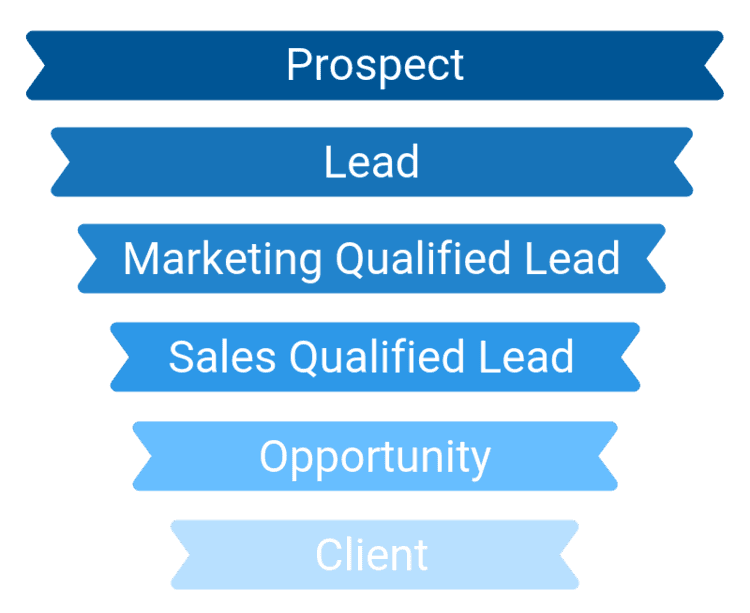
Not every lead is a marketing qualified one. MQLs have responded well to some of your lead generation strategies, and are defined by specific behaviors (sometimes called buying signals) that indicate to the marketing and sales teams that they are more likely than other leads to go on to make a purchase.
Making matters more complicated is the fact that not all buying signals are created equal. The specific behaviors that indicate a lead has become marketing qualified — and, later in the pipeline, sales qualified — will be unique to each sales and marketing cohort.
Sales and marketing alignment is imperative here. Teams need to collaborate in order to define the demographics and behavior of what your team calls an MQL.
The two departments should work together to analyze your target audience: your ideal customer profiles (ICP) and buyer persona(s) that your teams encounter within the sales funnel.
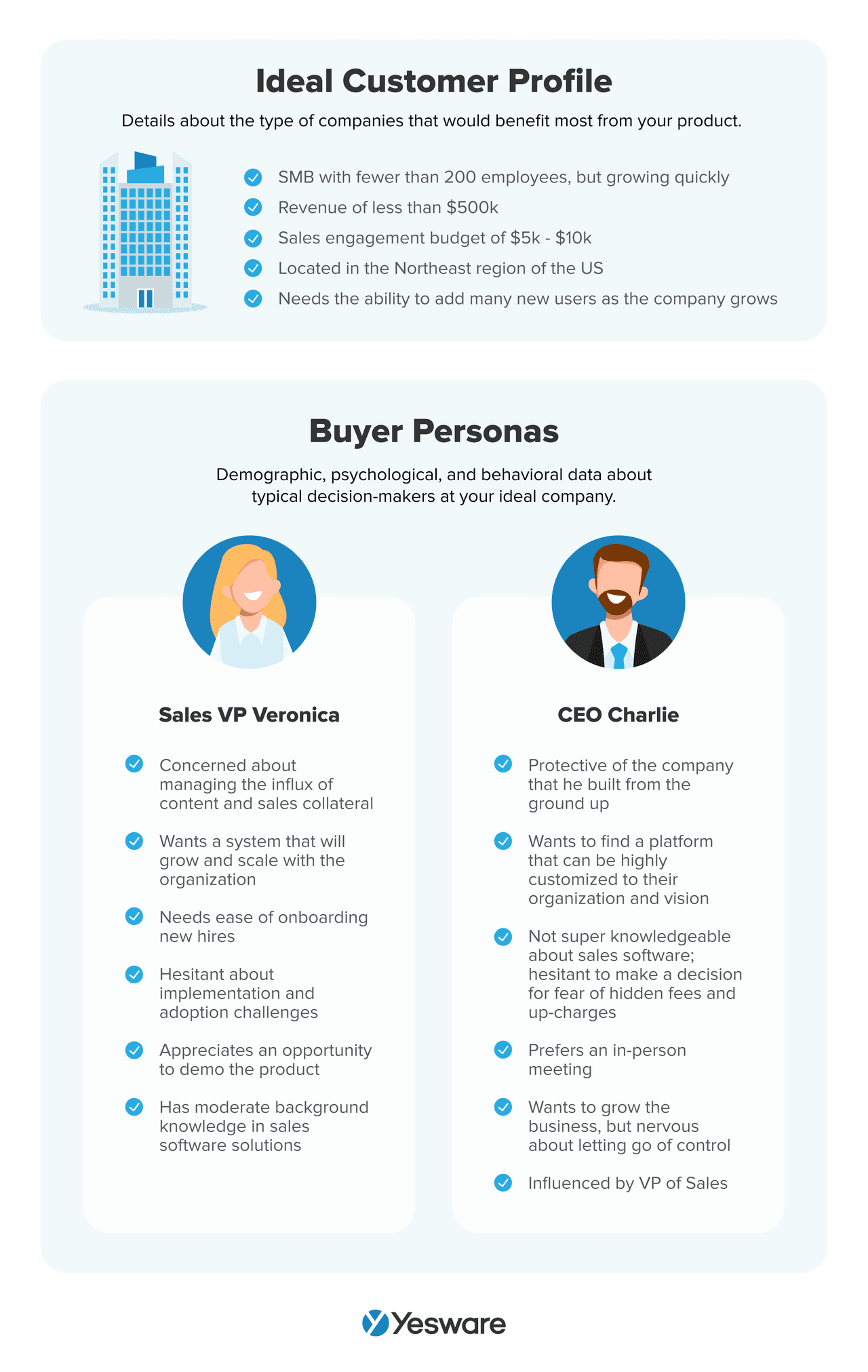 Individual marketing and sales reps can offer valuable insight about how they categorize leads, and sales leaders should interview several reps to further define the MQL. There are many behaviors or actions that a lead can take that may qualify them as MQLs, including (but not limited to):
Individual marketing and sales reps can offer valuable insight about how they categorize leads, and sales leaders should interview several reps to further define the MQL. There are many behaviors or actions that a lead can take that may qualify them as MQLs, including (but not limited to):
- Downloading certain content
- Visiting certain web pages, or visiting them a certain number of times
- Adding items to a shopping cart
- Opting into a lead magnet by sharing their name and email address
Defining Your MQL
Whatever sales and marketing ultimately decide, make sure the criteria you use to define an MQL isn’t too narrow. It’s natural for the sales team to push for a system that filters for only high-quality leads as early as possible, but the system can’t be so rigid that you don’t have enough leads to work the process.
Revisit your MQL definition about once a quarter — at the very least, twice a year — to ensure that it’s appropriately capturing leads that are more likely to become customers with the right nurture campaign.
In its most basic, least subjective form, an MQL is a lead that is promising but hasn’t committed yet. The MQL is curious and considering solutions, but is not ready yet for a meeting or conversation with a sales rep.
What Is a Sales Qualified Lead and How Is It Different?
A sales qualified lead is even more likely to lead to a sale than a marketing qualified one. SQLs have a much stronger intent to buy and have been vetted and researched by both sales and marketing. 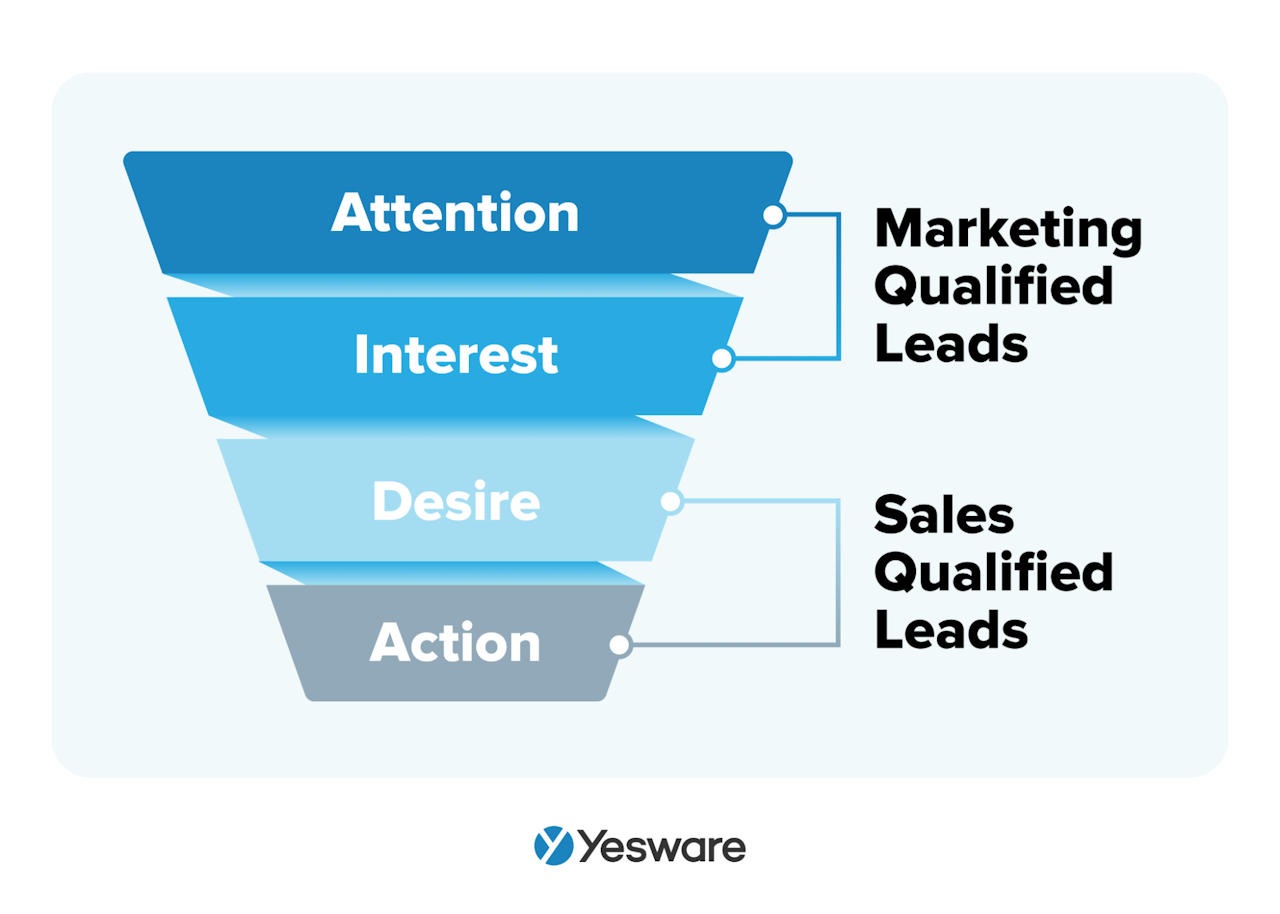 SQLs are prospective customers who are eager to solve their problems, highly engaged with your brand, and ready for contact from a sales rep.
SQLs are prospective customers who are eager to solve their problems, highly engaged with your brand, and ready for contact from a sales rep.
A lead becomes sales-ready by meeting a certain variety of criteria. These criteria will vary depending on team and company, but some influential factors include: industry, decision-making status, company size, pain points, budget, an urgency to purchase, and more.
Lead-Scoring Process
In order to streamline the process of determining whether a lead is marketing and/or sales qualified, many companies design a structured lead-scoring process using a combination of firmographic, technographic, and buyer persona characteristics.
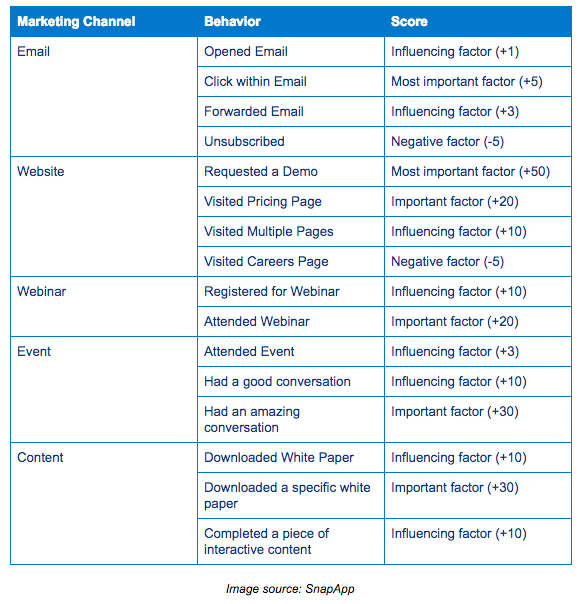
As you can see in the example above, many companies may also assign a score and weight for things like email subscription status, email engagement, social media engagement, participation in a demo, whitepaper downloads, and whether or not they’ve requested a meeting. These all help sales teams know when it’s time to hand off a lead to the next stage.
The lead scoring system assigns weighted points for each of their criteria and will sometimes provide guidelines on how to approach a lead nurturing strategy. 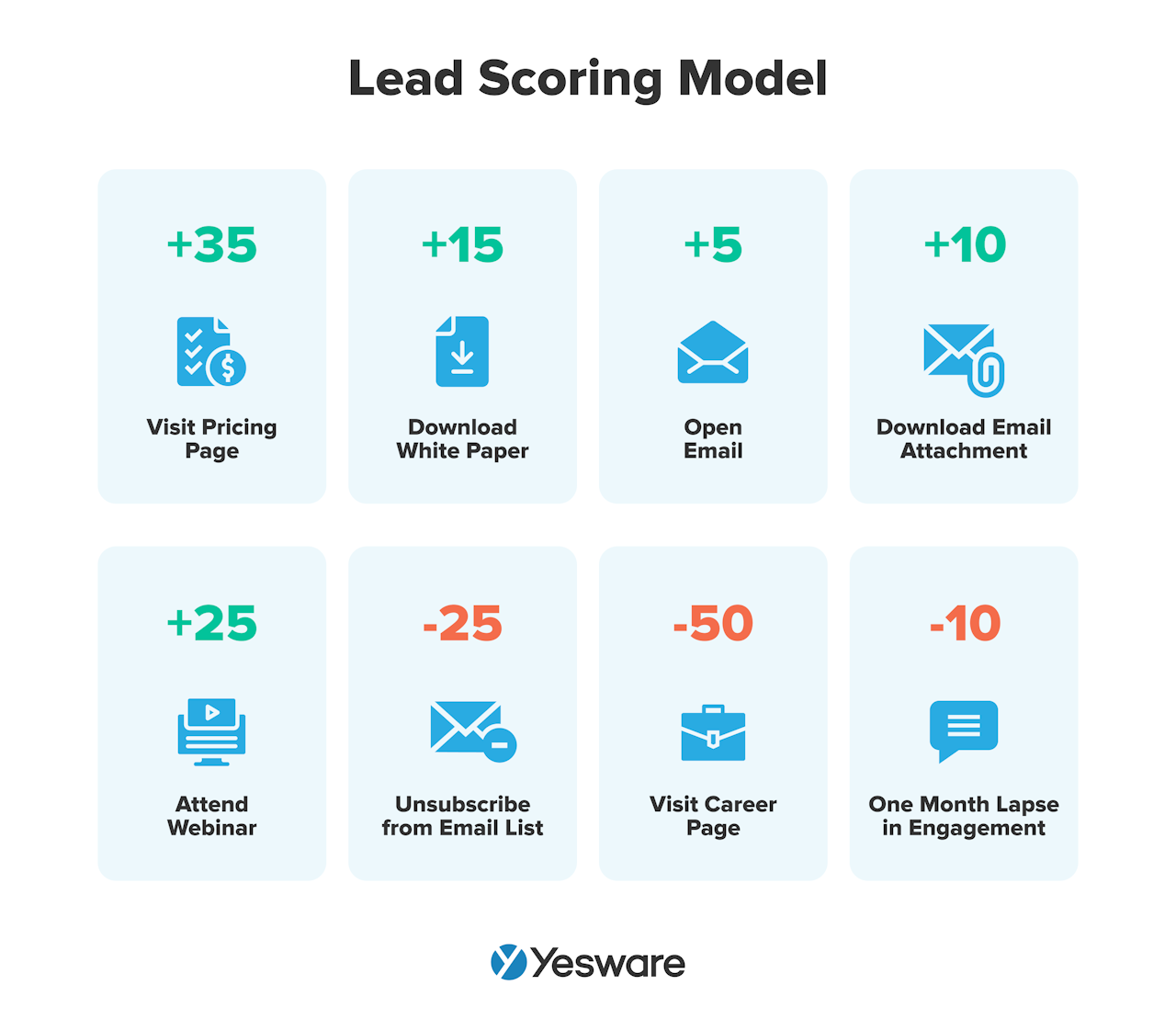 The lead scoring process is an important step in aligning the sales and marketing departments around how they approach leads at any stage in the process.
The lead scoring process is an important step in aligning the sales and marketing departments around how they approach leads at any stage in the process.
For companies that aren’t quite sure where to start, the BANT framework can offer structure around lead intelligence and guide the lead scoring system. 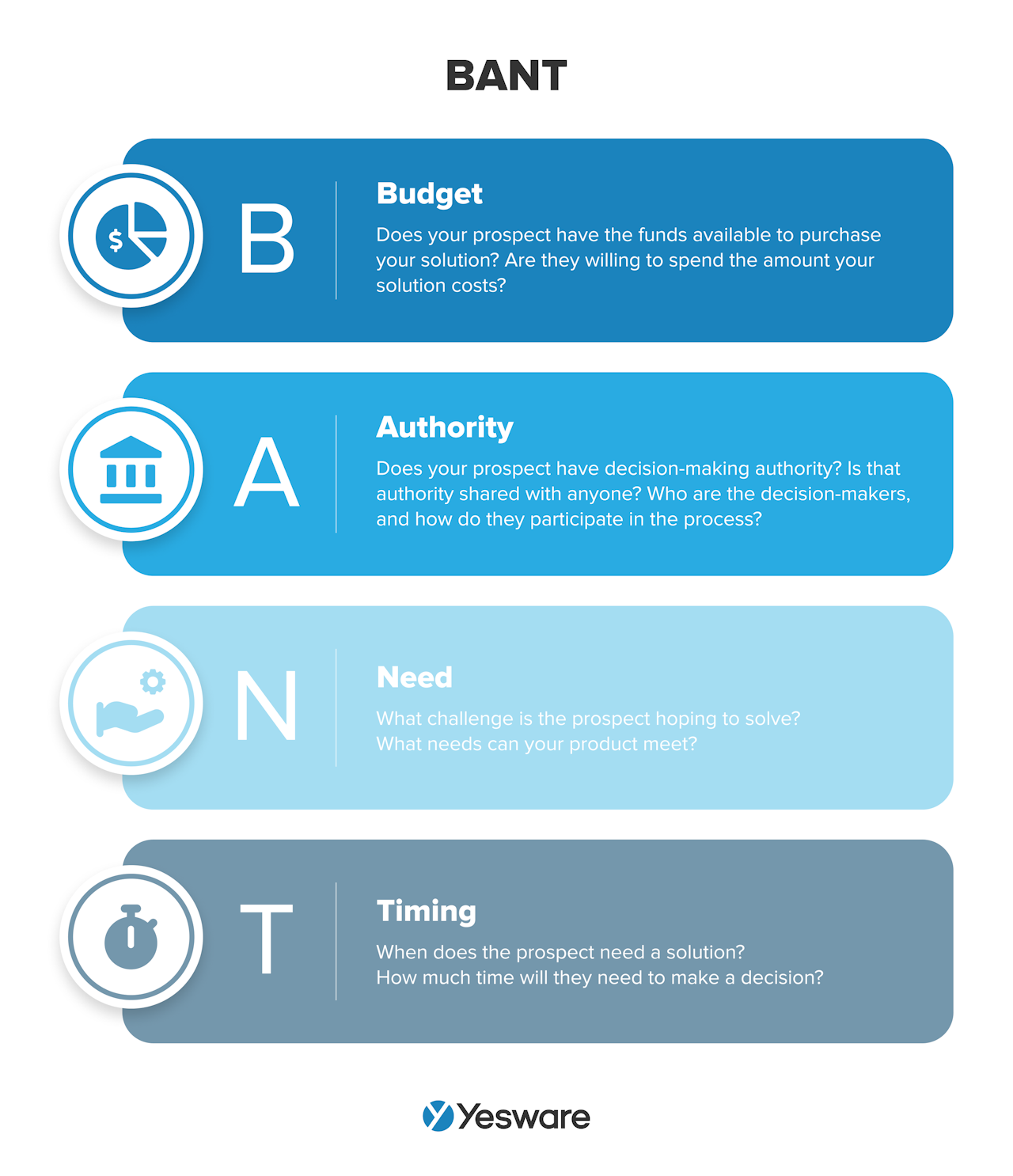 Knowing whether…
Knowing whether…
- a prospect has the budget for your product
- your contact is a decision-maker
- the lead has an urgent need for your product
- the lead is ready to buy
..can all help you define the lines between basic leads, marketing qualified, and sales qualified ones.
Regardless of how you score leads — or whether you score at all — the most important component of qualifying leads is the alignment and collaboration of marketing and sales. Both departments are co-equally responsible for leads.
Another easy way to distinguish the two kinds of leads: MQLs are looking for a solution to their problem; SQLs are looking for a product to purchase to solve that problem.
7 Examples of Actions That Qualify Marketing Leads
Knowing the right time to officially declare a lead “marketing qualified” can hold some high stakes.
Research has shown that as many as 90% of MQLs never transition to SQLs because they were prematurely identified as MQLs in the customer journey.
That’s why it’s so important that marketers and sales reps come to a consensus on the specific actions that indicate a lead is more likely to buy than other leads. The following are just a few examples of markers that companies use to indicate that a lead is marketing qualified.
1. Downloading Free Content
Certain kinds of free and low-stakes content, like lead magnets or blog posts, can push a lead into a marketing qualified position. Engagement with these kinds of content marketing can be a reliable indicator that a lead is marketing qualified.
Also keep in mind, though, that there may be content in your repertoire that only super interested leads tend to download. Use your discretion and the data available to your team to rank content downloads according to how likely they are to indicate an imminent purchase.
2. Using Easily-Accessible Software Demos
An easy-to-access software demo, like one that’s available directly on your website, can also help sales and marketing teams uncover marketing qualified leads.
Again, a more involved free trial that requires downloading an app or some other kind of integration may indicate a more serious lead.
3. Filling Out Online Forms
Signing up for a webinar, newsletter, or email subscription can also push a lead into marketing qualified status.
Most of the time, forms like these are one-sided. That is, the lead fills out the form without expecting to engage one-on-one with a rep at this time. They fill out these forms with the intention of learning more about your company on their own terms, and likely would not be enthusiastic (yet) about receiving a call from a rep.
4. Favoriting Items, Creating a Wishlist, or Adding Items to a Cart
Sellers know by now that adding items to a cart is never guaranteed to lead to a sale.
But it can indicate a stronger-than-average intent to purchase — or, at the very least, enough interest in your product that they “put a pin in it” to explore more later. This can indicate a lead who’s ready for targeted follow-up and nurture strategies.
5. Repeatedly Visiting Your Site, or Spending a Lot of Time There
According to studies, more than half of your website visitors spend less than 15 seconds on your site. With that in mind, it stands to reason that users who spend longer than that — or those that come back for a second or third visit — are likely more interested in buying than the rest.
Landing pages and pricing pages typically indicate higher buyer engagement, so they may hold more weight in the scoring process.
6. Clicking on an Ad to Find Your Site
The rise of PPC and targeted advertising has allowed marketers to “skip the line,” so to speak, and put themselves directly in front of potential customers. When a prospect clicks on one of these ads, it’s a direct signal to marketers that the prospect would likely be receptive to additional marketing efforts.
7. Contacting You to Request More Information
In addition to filling out lead magnet forms and the like, prospects may also use your website’s “Contact Us” form to learn more about what you have to offer. This is another behavior that leaves little doubt about whether a prospect would be open to more information, because they are proactively requesting it.
Be careful with these particular leads, though — many marketers and sellers incorrectly assume that a request for contact equates to a sales qualified lead. Unless the prospect is directly and specifically asking for a demo, pitch, or other one-on-one time with a sales rep, it’s safest to treat them as an MQL until their behavior indicates more serious interest.
If you’re still generating your list of what makes a lead marketing qualified, think about this: What behaviors do you see from your prospects when they start thinking about solving their problem? Chances are good that, between sales and marketing, you can easily come up with a handful of activities that indicate an interested-but-not-ready-to-buy lead.
How to Nurture MQLs to Become SQLs
It’s an exciting moment once you start realizing how many of your leads are marketing qualified. The next thing your business needs to systemize is how to nurture the MQLs to become sales qualified.
The first and most important thing you can do in this regard is — wait for it — align sales and marketing. It’s worth repeating again because it’s simply that important.
Once you’re confident that your sales and marketing teams work together like a well-oiled machine, with complementary goals and targets, there are also specific things your teams can implement that will help move the most qualified prospects through the MQL stage and into SQL status.
Lead Scoring
Lead scoring is beneficial not only because it helps you place leads on the spectrum of qualification, but it can also guide your team on how to interact with each type. In the example shown above, leads were grouped by points and received certain kinds of content and contact according to how many points they had.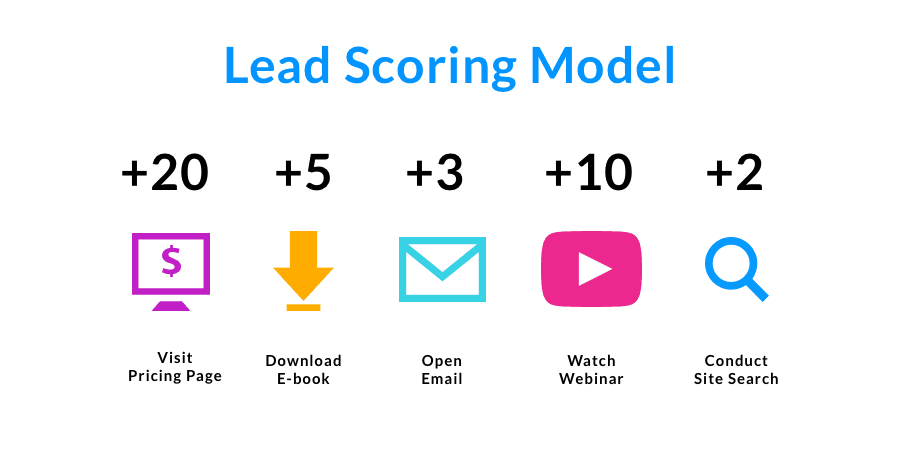 A lead-scoring system can help your team with three important distinctions:
A lead-scoring system can help your team with three important distinctions:
- It can help your team avoid being overly pushy with leads who are not yet ready to buy.
- It can help your team identify which leads are receptive now to more nurturing.
- And it can allow your sales time to easily pinpoint which leads are ready to buy imminently.
Knowing where each of your leads sits on the spectrum is always the first step in knowing how to nurture them.
Drip Campaigns
Email drip campaigns are a highly effective way to offer targeted, personalized content distribution at scale.
They can take the form of a marketing “choose-your-own-adventure” sequence, where each subsequent content offering depends on the action the buyer takes immediately prior.
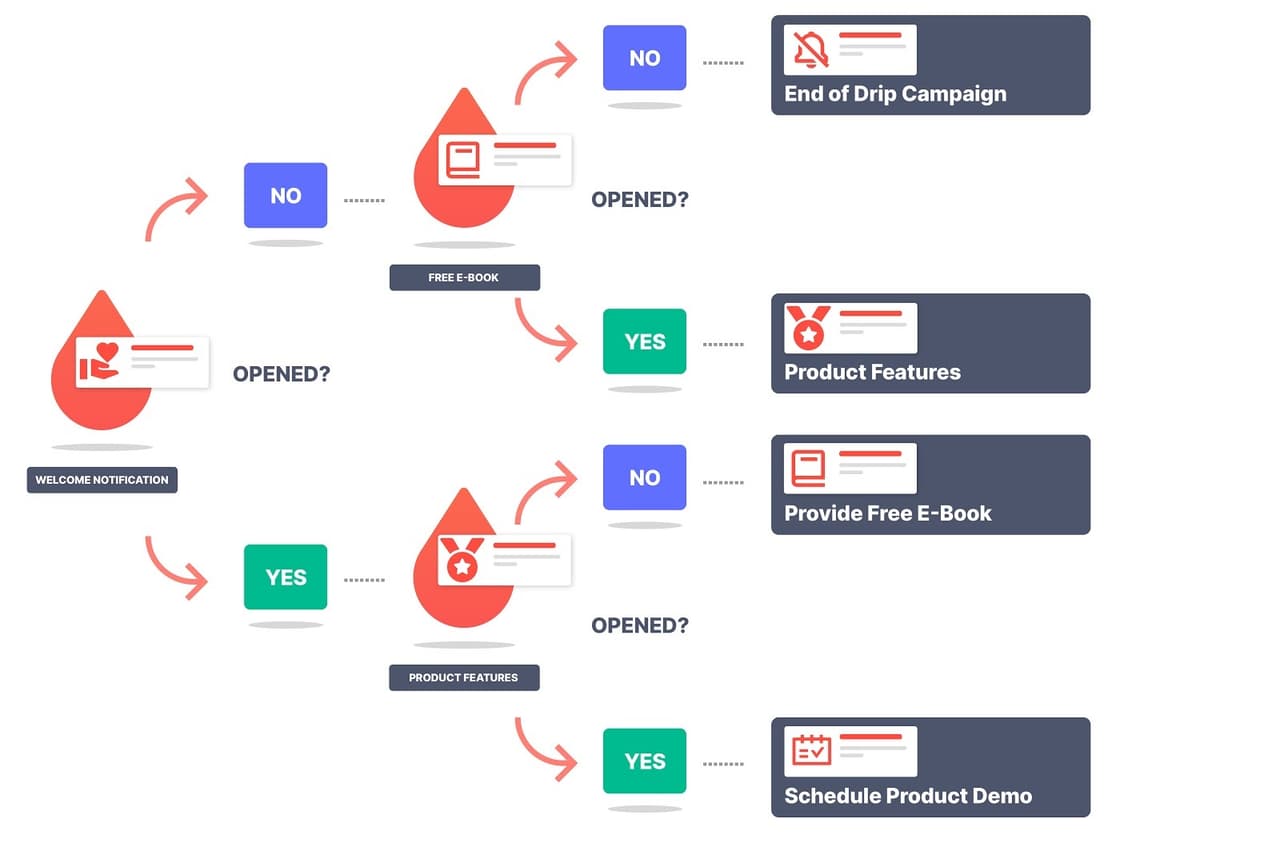
Drip campaigns are customizable and can take virtually infinite intricate forms, depending on how you design the campaign. There are informational drip campaigns, educational ones, and even win-back campaigns for leads who have become disengaged.
You can use an attachment tracking service to help you know how engaging your content is for each type of lead.
Smart CTAs
With the right tech tools at your fingertips, you can also design your website to cater to specific leads. Some marketing software will allow users to integrate their lead-scoring system and subsequently present specific proven CTAs according to how engaged the visitor has been.
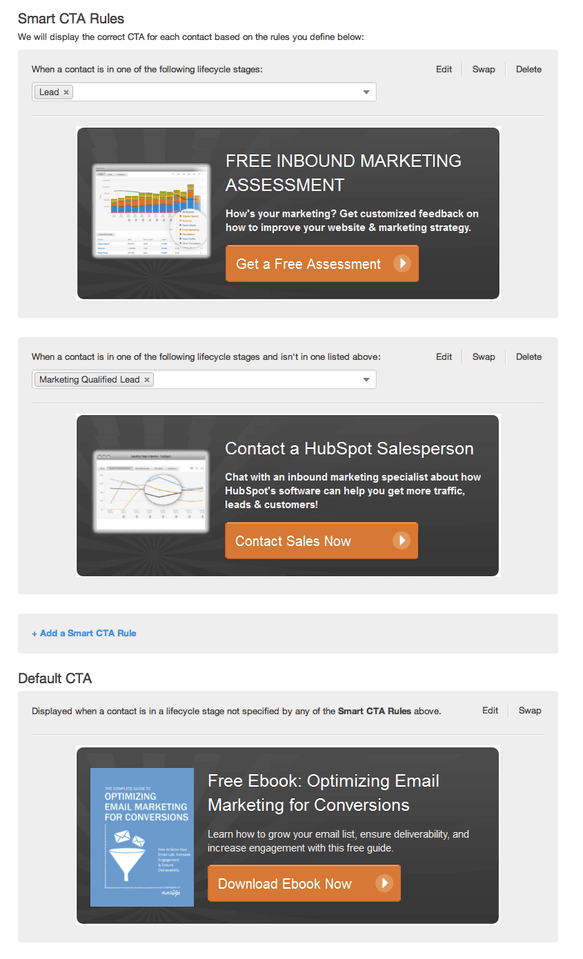
This is more of an advanced strategy, but worth keeping in your back pocket as you continue to optimize your automation efforts in lead distribution — smart CTAs have been shown to perform 202% better than standard ones.
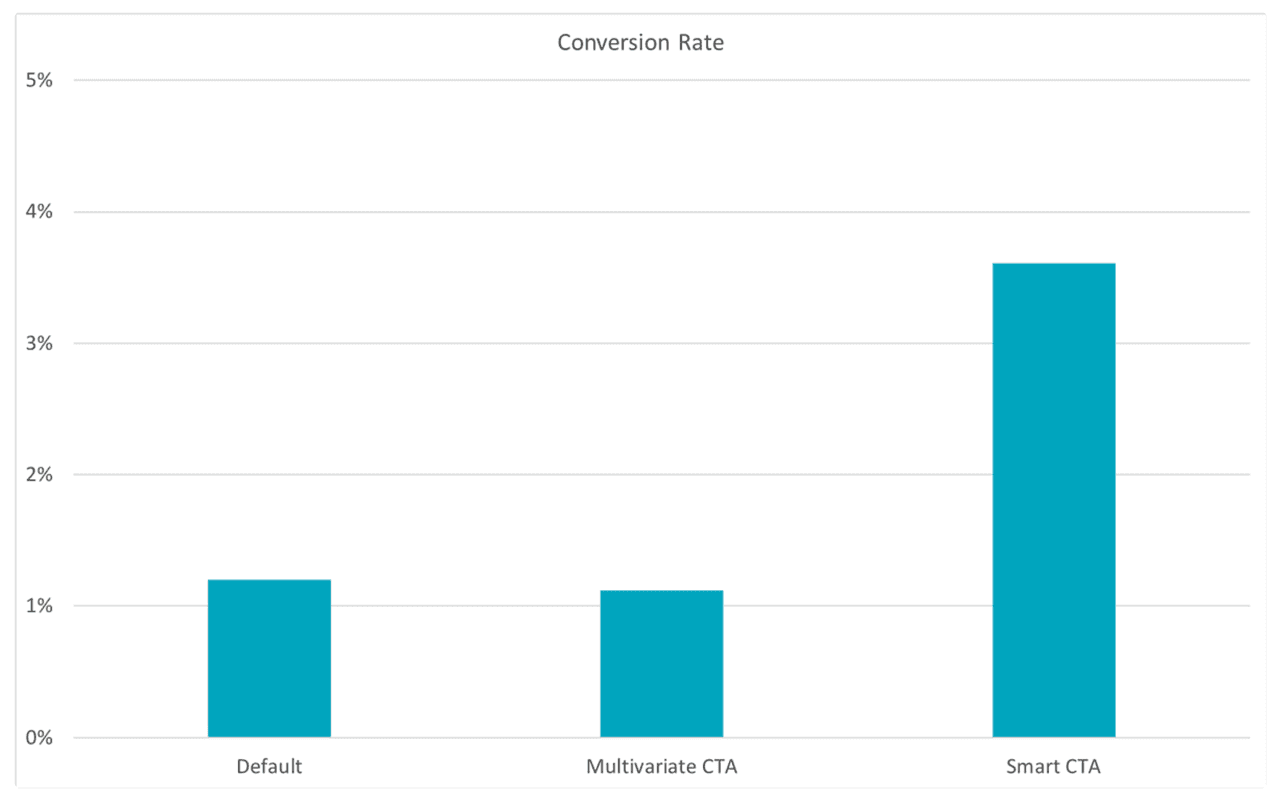
As you work to nurture more leads into sales-ready status, think about what factors customers typically base their purchasing decision on.
Why do they choose you over other options? What are some of the common characteristics of your closed-won deals?
The answers to these questions will help you reverse-engineer your nurture strategies.
Get sales tips and strategies delivered straight to your inbox.
Yesware will help you generate more sales right from your inbox. Try our Outlook add-on or Gmail Chrome extension for free, forever!
Related Articles
Casey O'Connor
Casey O'Connor
Casey O'Connor
Sales, deal management, and communication tips for your inbox

